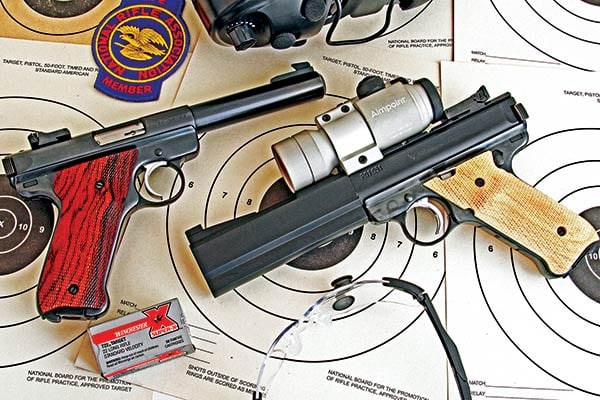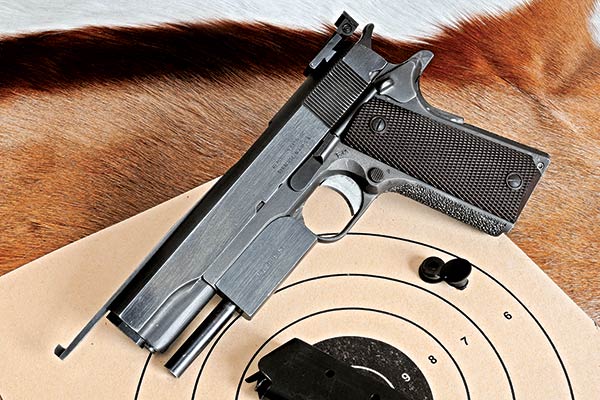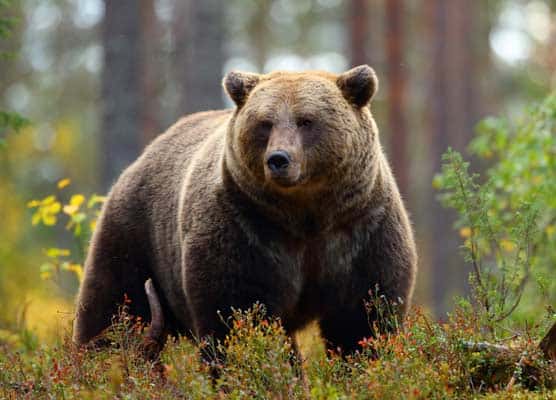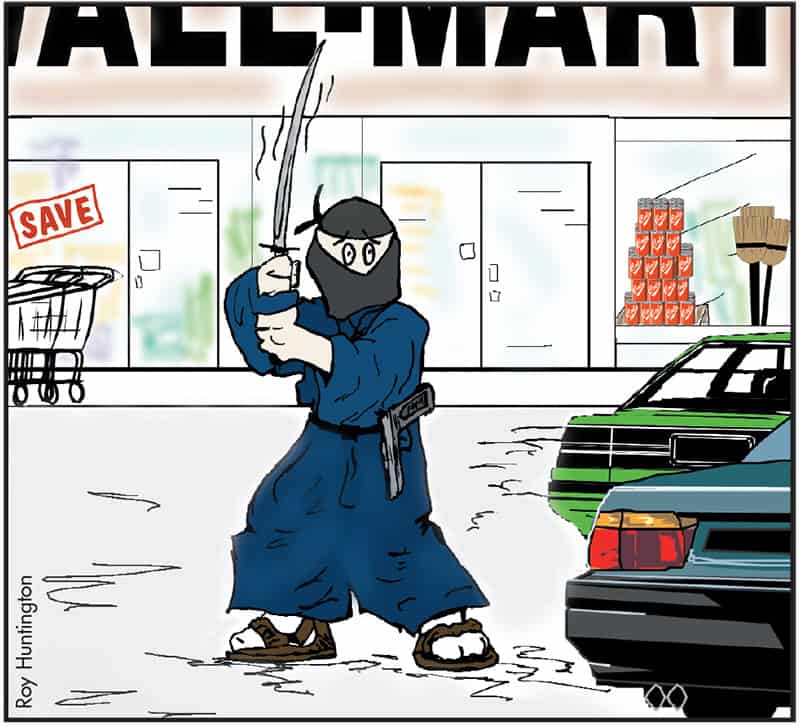Bullseye Shooting?
If you were to mention competitive handgun shooting many years ago, no one had to ask if you meant USPSA, IDPA, PPC, cowboy action, metallic silhouette, NRA Action, fast draw, benchrest or steel speedshooting. When I bought my first handgun nearly 50 years ago none of those things existed. Handgun competition meant bullseye shooting.
Today, formal bullseye competition in the U.S. is governed by the National Rifle Association and called NRA Precision Pistol. The actual shooting challenge is quite simple. Stand at the firing line, hold the pistol in one hand, and fire 5- or 10-shot strings at different ranges and under different time limits.
When space permits, targets are at 50 and 25 yards. Slow Fire at 50 yards allows 10 minutes to fire 10 shots. Timed Fire at 25 yards is five shots in 20 seconds. Rapid Fire at 25 yards is five shots in 10 seconds.
About now all the action shooters are having a hearty laugh at the definition of Rapid Fire. Five shots in one second is more like it. Well, maybe, but don’t forget it’s at 25 yards and the 10-ring measures 3.36″, the tie-breaking X ring measures 1.695″. I’ve known plenty of blazing fast action shooters who at 25 yards couldn’t hit the 10-ring except by chance — if they could hit the target at all.
How And Why
Three categories of handguns are recognized. These are .22 LR, “any centerfire” — minimum caliber .32 or 7.65mm, and .45 ACP. Optical sights are permitted. Matches for .22 LR-only are quite popular. A match generally consists of 30 shots — slow, timed and rapid fire — for a total of 90 shots and a maximum of 900 points.
Major matches require 90 shots with each of the three categories of handgun, for a maximum of 2,700 points — which has never been achieved in all the decades of competition. The current record, 2680-159X, was set by Hershel Anderson in 1974.
Since not all ranges have space for 50-yard shooting, scaled-down targets are used so the slowfire stage can be shot at 25 yards. There are also scaled-down targets for use on 20-yard and 50-foot ranges.
With so many options available, what does bullseye competition have to offer? Quite a bit, actually. For someone new to competitive handgun shooting, bullseye is a relatively easy and inexpensive way to dip a toe in the water and see if you like it. You can take up the sport with no more than a .22 handgun — and of course, eye and ear protection.
Top-line .22 match pistols from Benelli, Hammerli, Pardini, S&W and Walther are magnificent tools and priced to match. You can start out, and do very well, with a Browning Buckmark or Ruger .22. I’d suggest a heavy barrel target model with a rail for fitting an optical sight.
Tools Of The Trade
For the novice handgunner, bullseye is an excellent way to learn basic skills a step at a time. Let’s stipulate, firearm safety is the most basic of shooting skills. For most Handgunner readers, things like muzzle control, and finger off the trigger unless sights are on target, are subconscious skills. But they weren’t always subconscious. Like knotting a necktie or eating with a fork, they had to be learned.
With bullseye shooting there’s no drawing from a holster, speedloading, or shooting while moving. Bullseye excels in teaching the most important skill of all: releasing the trigger without imparting movement to the gun. A good bullseye shooter almost invariably can do well at any handgun or rifle sport.
It’s said, with some truth, bullseye is a sport for old-timers. Younger shooters prefer the more dynamic sports and find bullseye boring. At major Precision Pistol matches there are generally far more senior than junior shooters. One observer said since so many bullseye competitors are over 60, in 25 or 30 years there won’t be any competitors left.
Well, no doubt in 25 to 30 years those of us who are 60 or more will be dead, or at least not competing. But something else will happen. Those of you who are 30 or older now are going to be in your 60s and beyond. It comes faster than you can believe possible.
Some of you practical shooters are going to get tired of losing to youngsters; not because they shoot better, but because they run faster. But you’ll still love competition, not to mention the company of others who love to shoot. And bullseye shooting is going to start looking pretty good!
For more info: www.nra.org







